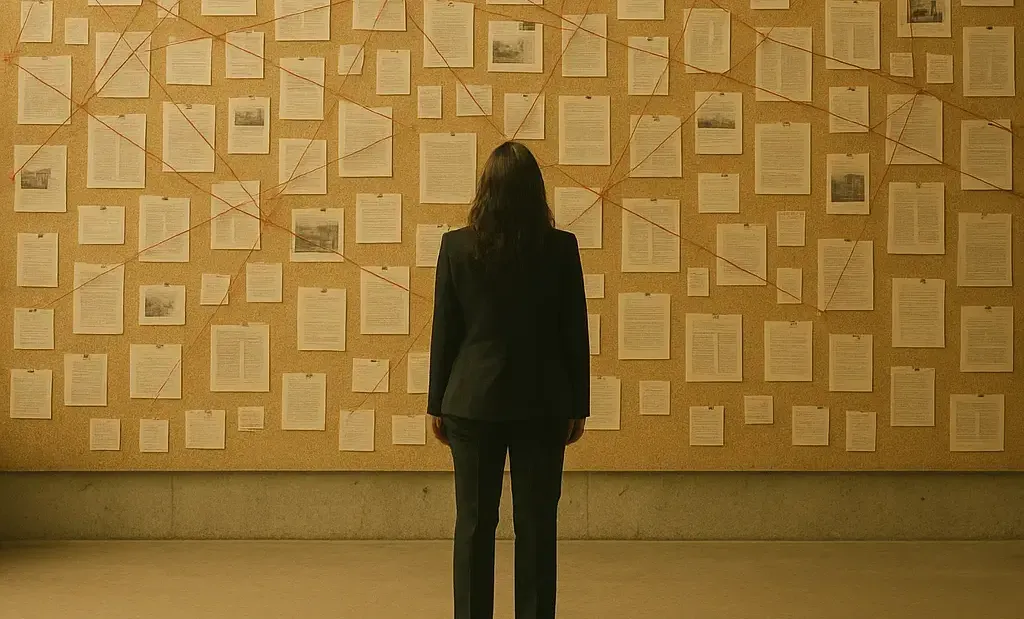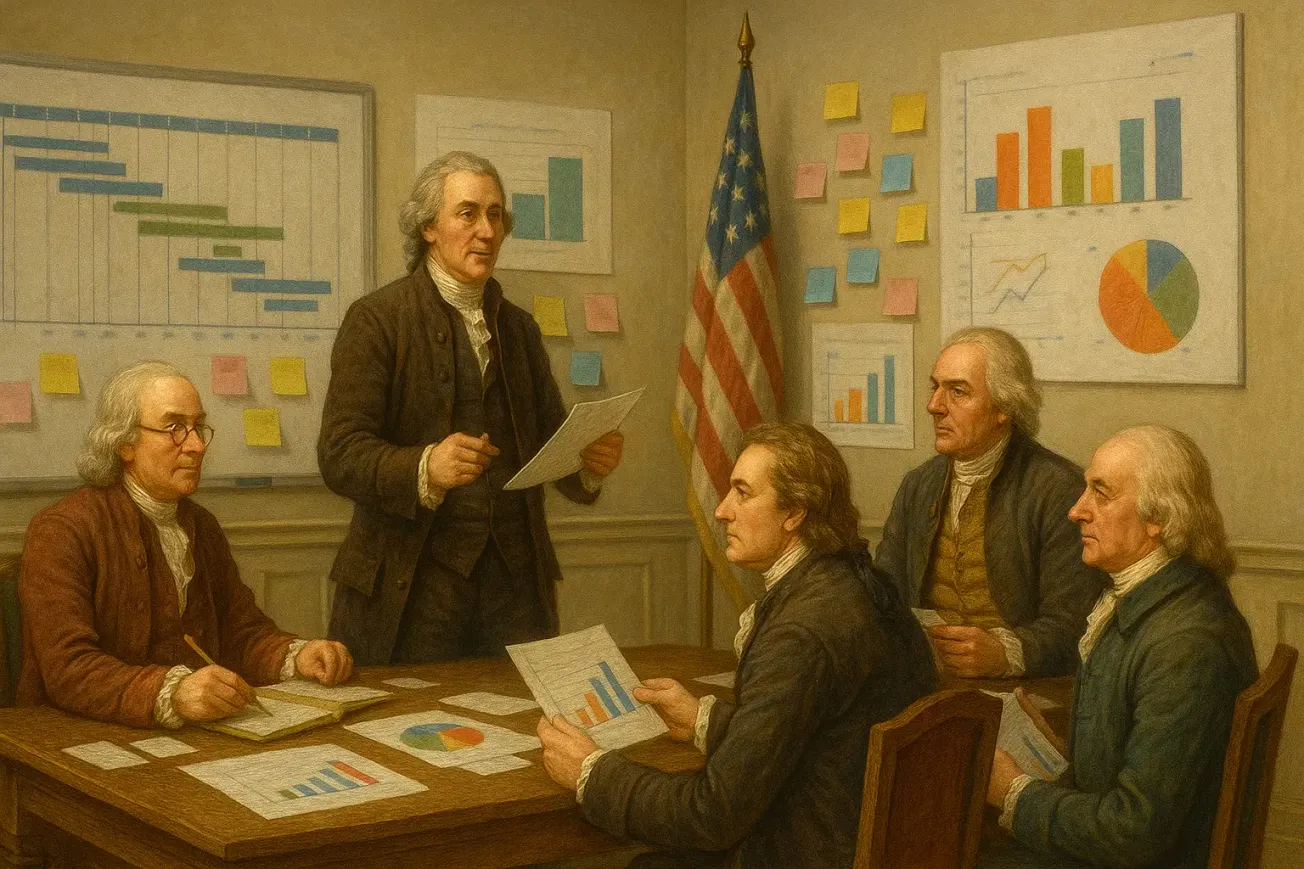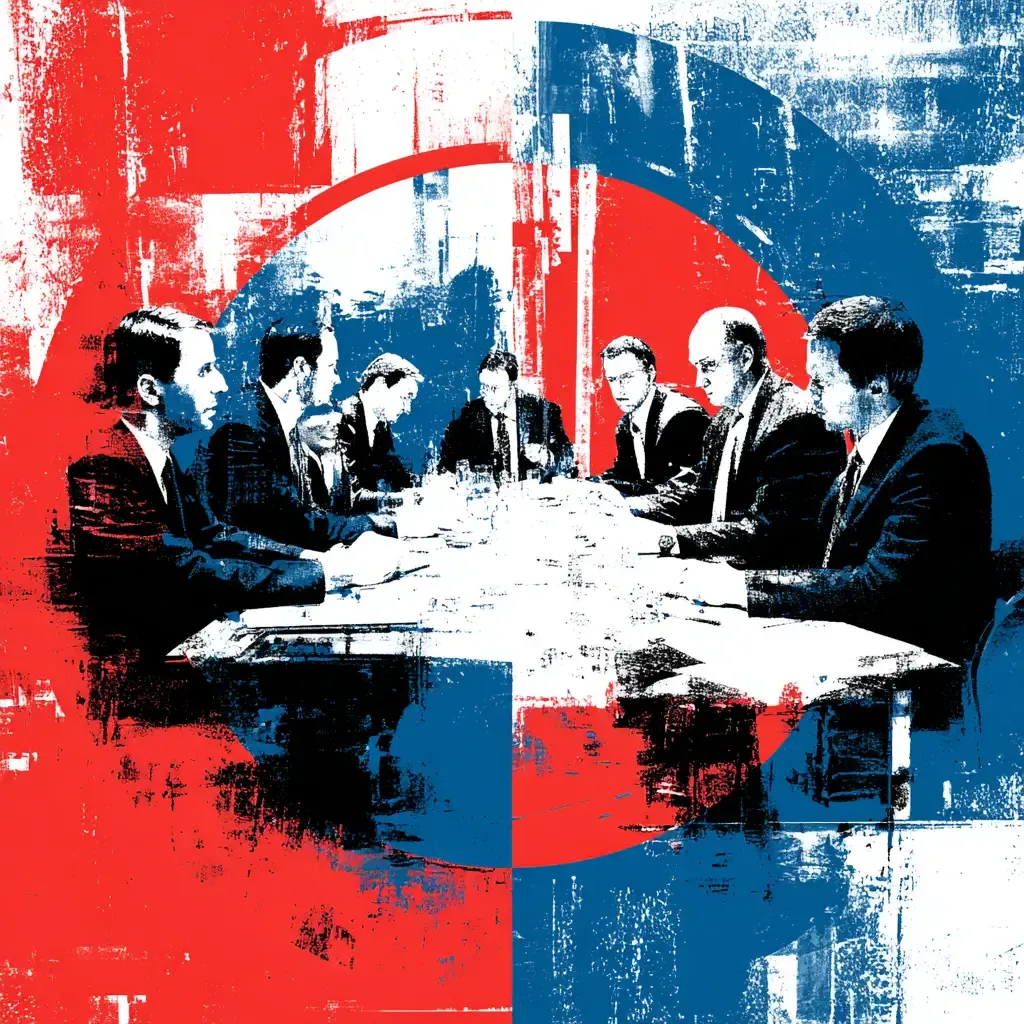TL; DR
If you’ve ever bounced between executive strategy sessions and frontline troubleshooting in the same day—without the authority to steer either—you know the disorienting “middle seat.” This in-between space can feel frustrating and invisible, but it’s also one of the most critical vantage points in any change effort. The key is learning how to navigate it with influence, leverage, and boundaries.
The Experience of the Middle Seat
You know the feeling.
In the morning, you’re in a room with senior leaders as they debate high-level strategy. You have sharp ideas—ones that could prevent trouble later—but you’re not in the inner circle. You’ve been brought in “to help” with the change, “make it land,” and “keep things on track.” You wonder: Am I supposed to be leading this, or just translating it?
By the afternoon, you’re on a call with frontline teams reviewing cutover logistics and end-user support comms. They’re looking to you for clarity on every detail. You know just enough to keep things moving, but you’re not the one making the upstream decisions that created the confusion in the first place.
You’re not the ultimate decision-maker.
You’re not the hands-on executor.
You’re the glue.
The Liminal Role We Don’t Talk About
Consultants. Embedded change managers. Business partners. Senior project specialists.
We often live in this middle tier.
We’re hired for our judgment but not entrusted with final authority. Expected to execute flawlessly, yet not invited to shape direction.
We’re senior enough to spot flaws in the plan, the messaging, or the metrics—but too “junior” in the hierarchy to override the sponsor or question the SVP. The result? We spend much of our time cleaning up upstream missteps with downstream hustle.
This middle role is real. It’s also exhausting. And yet—it’s indispensable.
Why This Happens
Several structural and cultural dynamics create this position:
- Project hierarchies flatten everyone not on the leadership core.
If you’re not in the top tier, you’re simply a “workstream lead” or “part of the business,” regardless of expertise. - Support and consulting roles default to tactical status.
Even when you’re driving strategic impact, you may be seen as a “doer” until you actively reframe your contributions. - Positional power still dominates.
Influence is often tethered to title, not capability. Without the “right” title, your seat at the table isn’t guaranteed—no matter how central your work is. - Leaders underestimate translation costs.
Senior decision-makers assume information will “cascade” smoothly. They rarely see the interpretive work that happens in the middle.
The Risks of Staying Stuck
If you don’t navigate the middle role intentionally, you can drift into:
- Chronic reaction mode. Constant firefighting without the ability to prevent issues.
- Invisible labor. Doing critical sense-making without recognition.
- Burnout. Carrying responsibility without authority is a recipe for fatigue.
- Credibility erosion. If you’re seen only as tactical, it’s harder to step up when strategic opportunities arise.
How to Work With More Influence—From the Middle
You don’t need a new title to shift your impact. You need a new way of framing, operating, and showing value.
1. Signal Up, Translate Down
- Upwards: Distill noise into concise insights leaders can act on. Avoid raw problem dumps—frame everything in terms of impact, options, and trade-offs.
- Downwards: Translate strategy into clear, relevant actions for the people who have to deliver it.
2. Design Leverage Into Your Work
Don’t just solve problems—build repeatable tools that outlast you:
- Playbooks and checklists
- Standard cadences for updates and decision points
- Decision-making frameworks that others can apply without you present
3. Be Explicit About Your Value
Middle work often goes unseen.
- Narrate your role in connecting dots across teams.
- Share examples of where your bridge work prevented delays, rework, or conflict.
- Use data and stories to make the invisible visible.
4. Cultivate Multiple Sponsors
Your “boss” may not be the only leader who benefits from your work.
- Build relationships with peers and senior stakeholders in other functions.
- Offer value without waiting for formal assignments.
- Cross-pollinate your insights to leaders who rarely hear them.
5. Protect Your Boundaries
The middle role attracts “just one more thing” requests.
- Clarify scope regularly.
- Learn to say, “I can do that, but here’s what will have to move.”
- Avoid becoming the default safety net for every problem.
The Payoff for Thriving Here
The middle seat isn’t glamorous, but it’s powerful. The people who master it:
- See patterns no one else does.
- Anticipate ripple effects before they become crises.
- Build trust across multiple layers of the organization.
- Become indispensable—not because of title, but because of unique vantage point.
Final Thought
If you’ve ever left a meeting thinking, “I’m the only one who connected those dots,” you’ve experienced the true value of the middle seat.
You see how decisions ripple outward. You catch misalignments early. You act as translator, amplifier, shield, and fixer—sometimes all in the same day.
While this role can feel invisible, it’s anything but. The best middle-seat operators are the quiet scaffolding holding the project together.
So no—you’re not stuck. You’re not underqualified. You’re in a seat no one formally designed but everyone relies on. Navigate it with confidence, protect your boundaries, and own the value you bring. Do that, and you’ll become the kind of leader whose impact outlives the org chart.
ChangeGuild: Power to the Practitioner™
Frequently Asked Questions
Q: What is the “middle seat” in change work?
A: It’s the in-between role where you’re senior enough to influence execution but lack authority over strategy—often translating between leaders and frontline teams.
Q: Why is the middle seat challenging?
A: You carry responsibility without formal authority, making it easy to be overlooked, overworked, or stuck in reactive mode.
Q: How can I build influence without a bigger title?
A: Signal insights upward, translate strategy downward, design reusable frameworks, and build relationships with multiple sponsors.
Q: How do I avoid burnout in this role?
A: Protect your boundaries, clarify scope regularly, and be explicit about the value you’re adding.
Q: What’s the long-term benefit of mastering the middle seat?
A: You’ll gain a unique vantage point, build broad trust, and become indispensable—not for your title, but for your ability to connect dots and prevent problems.
Related Reading
If you enjoyed this article, you might also find these helpful:


Stuck in the Middle Seat? Let’s Fix That.
If you're caught between strategy and execution, you're not alone—and you don't have to stay there. ChangeGuild offers 1:1 coaching to help practitioners lead with clarity, influence, and staying power.
Book a coaching call to get unstuck and start leading from the middle.
This post is free, and if it supported your work, feel free to support mine. Every bit helps keep the ideas flowing—and the practitioners powered. [Support the Work]










